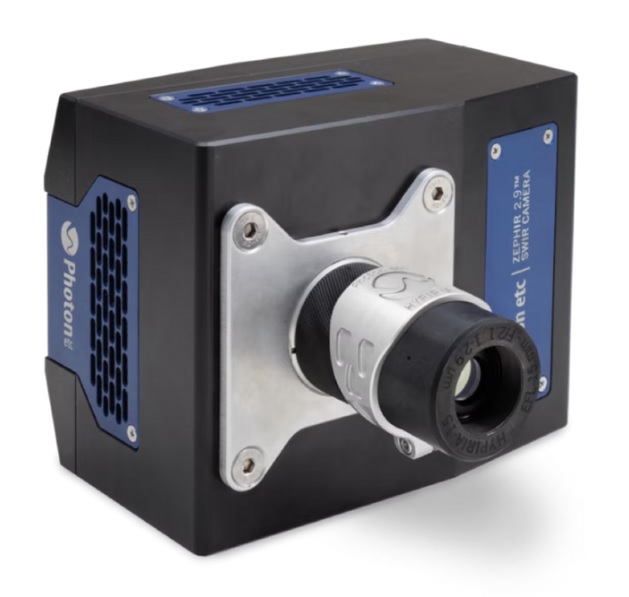
eSWIR camera
The ZephIR 2.9 is a deep-cooled, extended SWIR camera sensitive from 850 to 2900 nm. By deep-cooling the infrared sensor, the ZephIR 2.9 is able to acquire more signals and minimize unwanted noise for a given imaging application. The extended spectral range offers scientists and engineers the possibility of acquiring a signal covering a broader wavelength spectrum, which in turn helps build better infrared detection systems. By using thermoelectric cooling, the ZephIR 2.9 doesn’t require any maintenance from a water or a liquid nitrogen chilled unit and does not suffer from the limited lifetime of Stirling mechanical coolers. This leads to greater usability and flexibility when integrating ZephIR 2.9 cameras in your own systems.
With high frame rates allowing high speed image acquisitions through USB 3.0 or cameralink, the ZephIR 2.9 is tailored for demanding industrial applications or high precision scientific experiments. Users can also choose to use Photon etc’s PHySpec camera control software or develop their own using a Python or C++ software development kit (SDK). Perfect capabilities for the detection of various black plastics and carbonates for the mining sector.
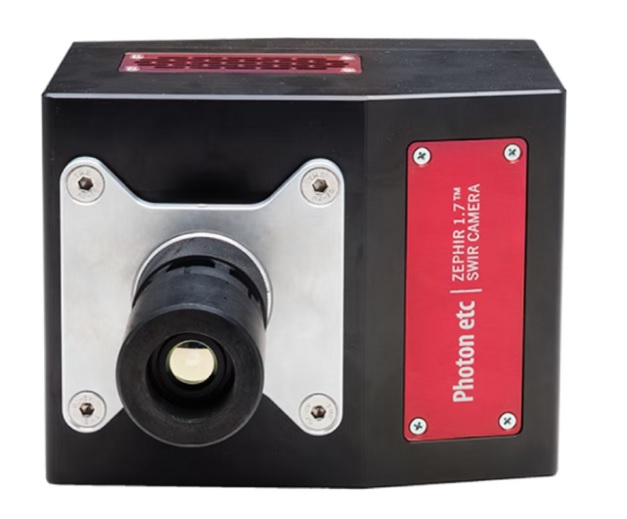
Deeply Cooled InGaAs Camera
The ZephIR 1.7 is a high-end, scientific grade, 640 x 512 pixels resolution, InGaAs camera that marries performance with reliability. It has extremely low noise levels, high efficiency, and a rapid frame rate compatible with an external trigger. This is made possible by a combination of state-of-the-art control electronics and a four stage thermoelectric cooler (TEC) which can maintain an operating temperature as low as -80 °C. The TEC, in turn, uses forced air cooling which requires none of the maintenance of a water or liquid nitrogen chilled unit.
The ZephIR 1.7 is one of the most sensitive and dependable InGaAs cameras on the market.
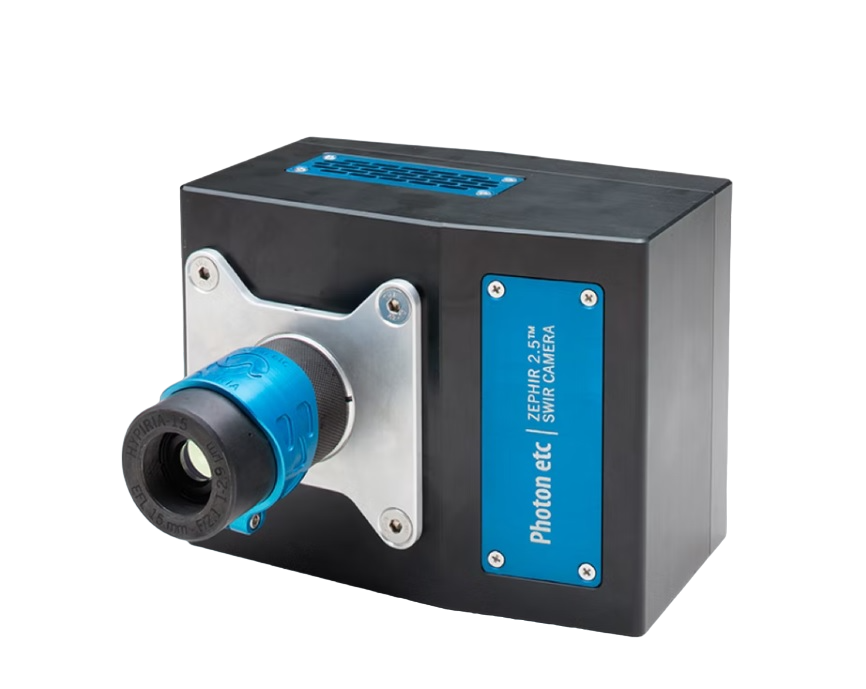
High Speed, Deep-Cooled, SWIR Imaging
The ZephIR 2.5 is a deep-cooled, SWIR camera sensitive from 850 to 2500 nm. By deep-cooling the infrared sensor, the ZephIR 2.5 is able to acquire more signals and minimize unwanted noise for a given imaging application. The extended spectral range offers scientists and engineers the possibility of acquiring a signal covering a broader wavelength spectrum, which in turn helps build better infrared detection systems. By using thermoelectric cooling, the ZephIR 2.5 doesn’t require any maintenance from a water or a liquid nitrogen chilled unit and does not suffer from the limited lifetime of Stirling mechanical coolers. This leads to greater usability and flexibility when integrating ZephIR 2.5 cameras in your own systems.
With high frame rates allowing high speed image acquisitions through USB 3.0 or cameralink, the ZephIR 2.5 is tailored for demanding industrial applications or high precision scientific experiments. Users can also choose to use Photon etc’s PHySpec camera control software or develop their own using a Python or C++ software development kit (SDK).
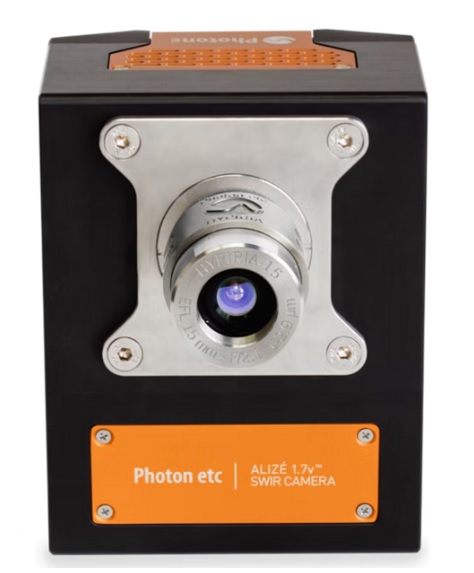
The Alizé 1.7 is a high-end, scientific grade, 640 x 512 pixels resolution, InGaAs camera that marries performance with reliability.
NIR imaging with this versatile InGaAs camera
The Alizé 1.7 is a high-end, scientific grade, 640 x 512 pixels resolution, InGaAs camera that marries performance with reliability. It has low noise levels, high efficiency, and a rapid frame rate compatible with an external trigger. This is made possible by a combination of state-of-the-art control electronics and a four-stage thermoelectric cooler (TEC) which can maintain an operating temperature as low as -50 °C. The TEC, in turn, uses forced air cooling which requires none of the maintenance of a water or liquid nitrogen chilled unit.
The Alizé 1.7 is amongst the most cost-effective high-end InGaAs cameras on the market.
Key Features
- Compact
- Highly reliable
- Long lifetime
- No maintenance
- Low dark current
- Low readout noise
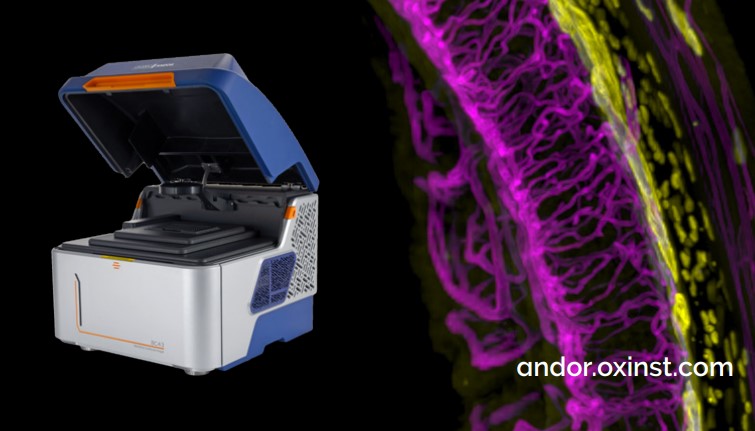
Andor’s new Benchtop Confocal delivers amazing images at the push of a button. This plug and play laser confocal system has been designed with cost, performance and accessibility in mind, ensuring hassle-free, high-quality 2D & 3D imaging for busy researchers.
*Microscopy Today 2022 Innovation Award Winner*
Fast and Easy Confocal Microscopy in any Lab
BC43 is a super-compact unit that is rich in features and benefits, making it the ideal microscope for early-stage researchers and experienced microscopists alike. With no requirement for a darkroom, researchers can access laser confocal microscopy technology on the same bench as their samples. This, coupled with the fast learning curve, allows individual users and entire labs to become much more productive, without compromising results.
Powerful and Intuitive Acquisition Software
At the heart of BC43 is a software that is not only feature-rich and flexible to your needs, it is easy-to-use as well:
- Imaris rendering engine – stunning real-time 3D images
- Clear and concise user-interface – acquire images in no time
- Multi-dimensional imaging protocols – advanced 3D time lapse or multi-position montage made easy
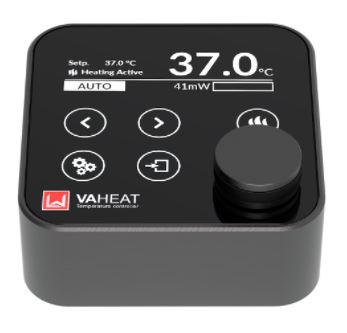
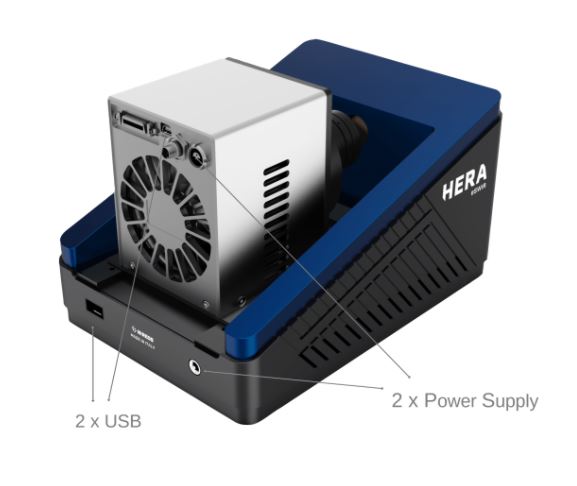
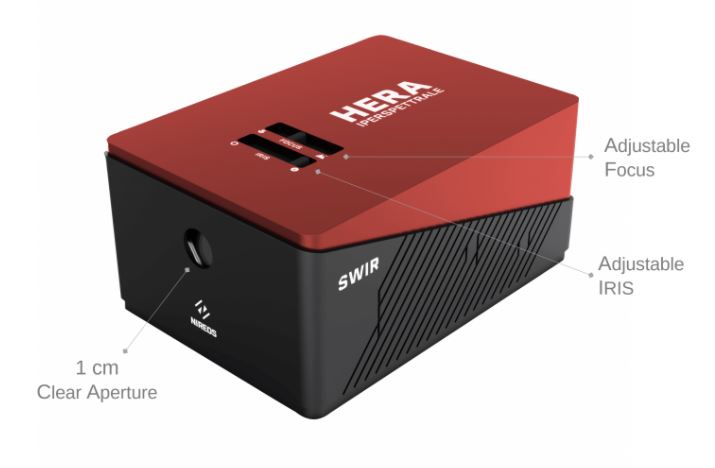
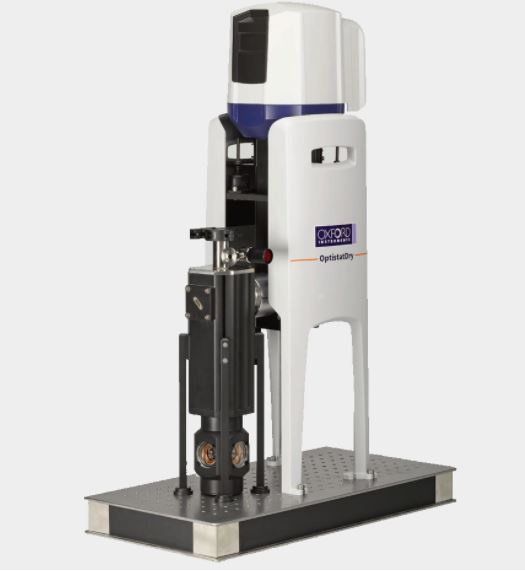
A Cryofree® optical cryostat for spectroscopy applications providing a temperature-controlled, sample-in-exchange-gas measurement environment, with sample access via a unique top-loading mechanism.
- Wide sample temperature range: < 4 K to 300 K
- Easy set-up and operation, no liquid cryogens are required
- Unique sample loading, reducing time between experiments
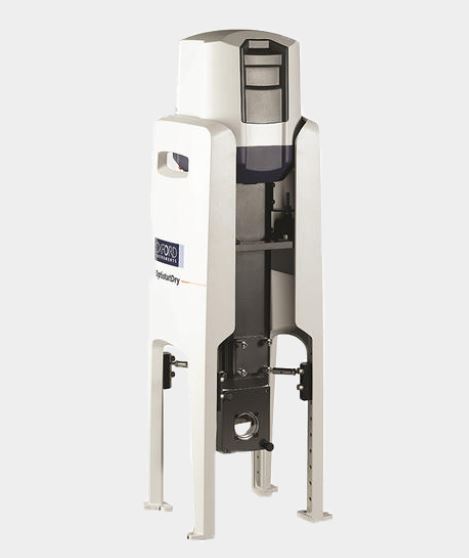
A Cryofree® optical cryostat for spectroscopy applications providing a temperature-controlled, sample-in-vacuum measurement environment, with sample access via a unique bottom-loading mechanism.
- Wide sample temperature range: < 3 K to 300 K
- Easy set-up and operation, no liquid cryogens are required
- Unique sample loading, reducing time between experiments










